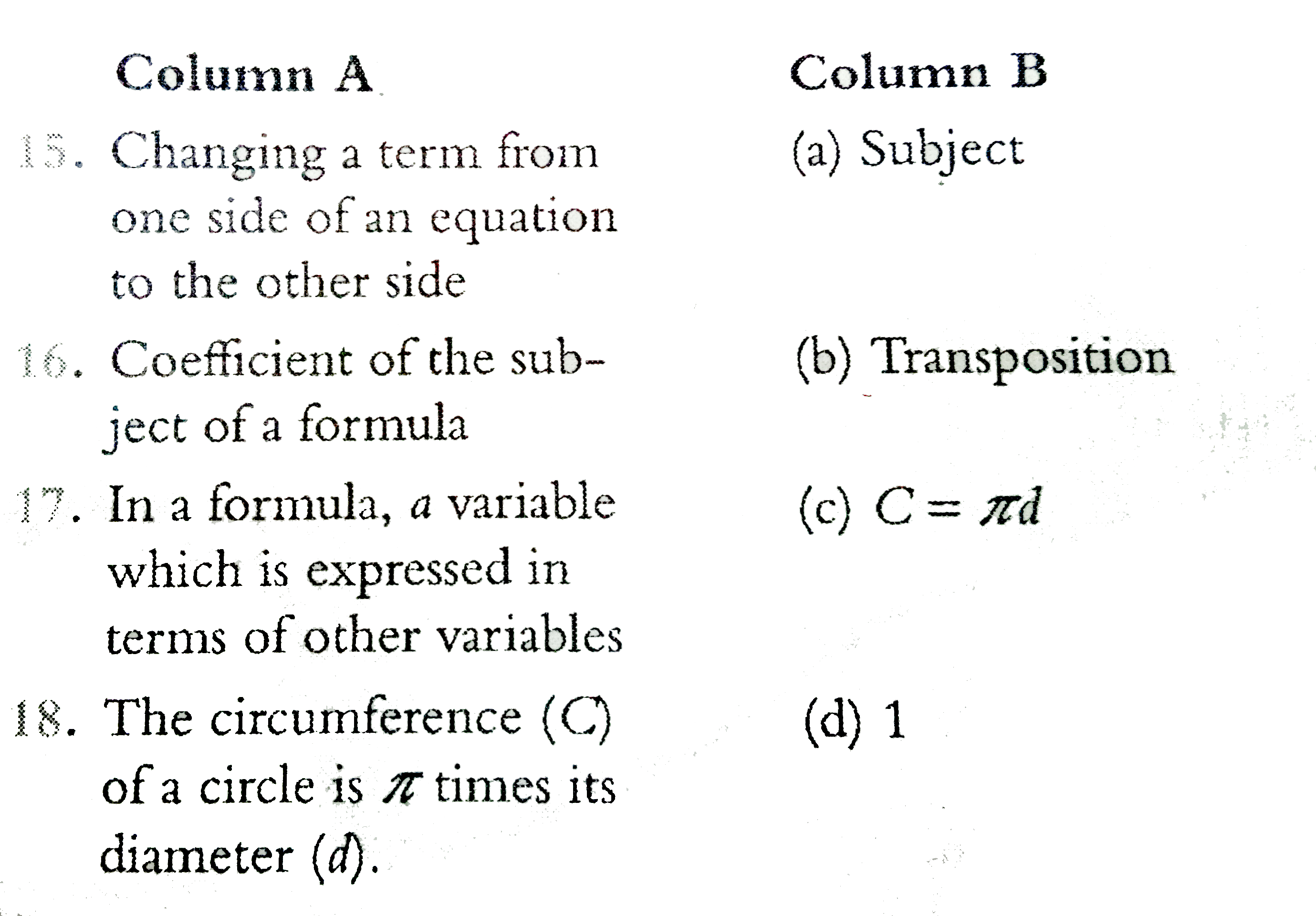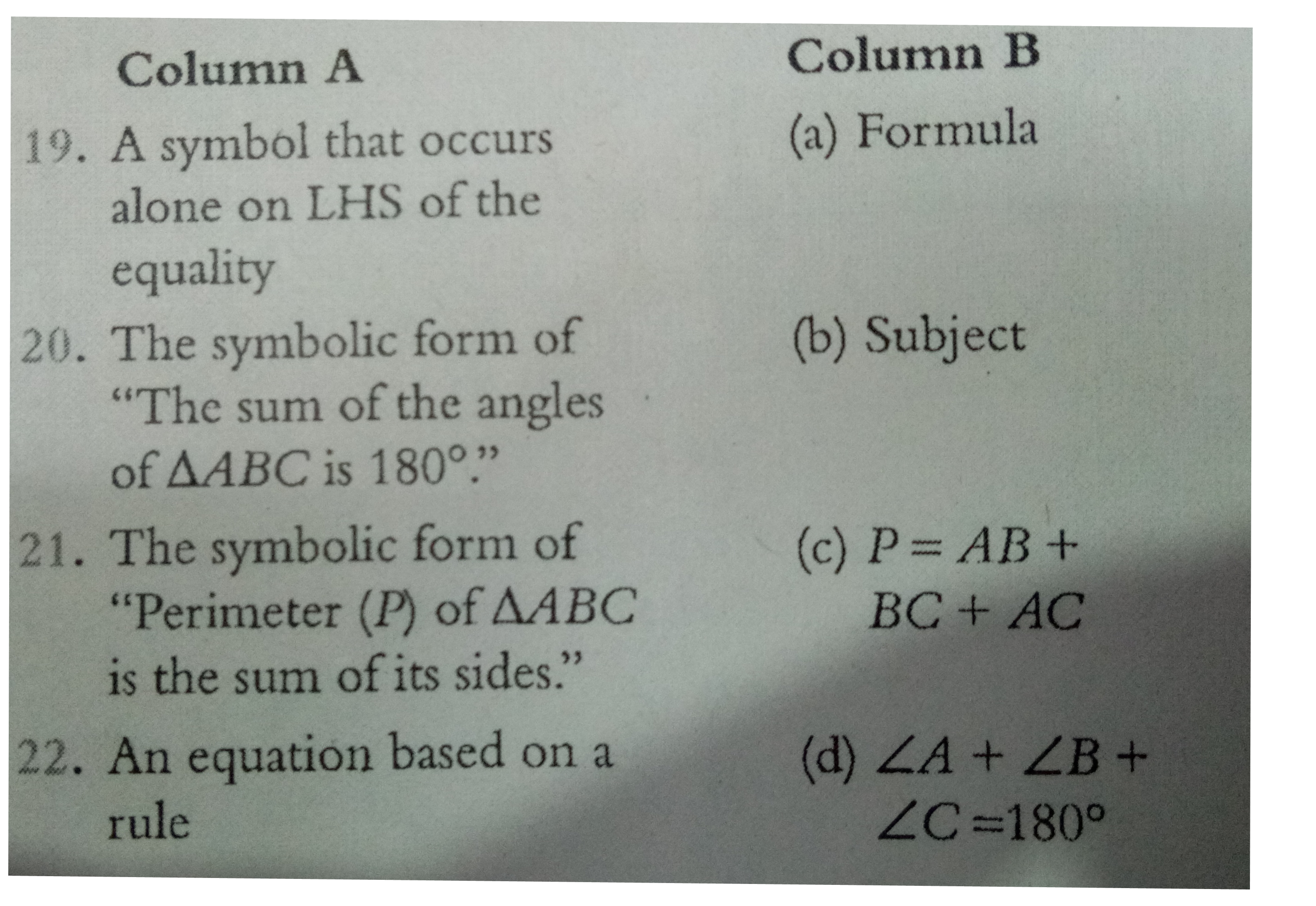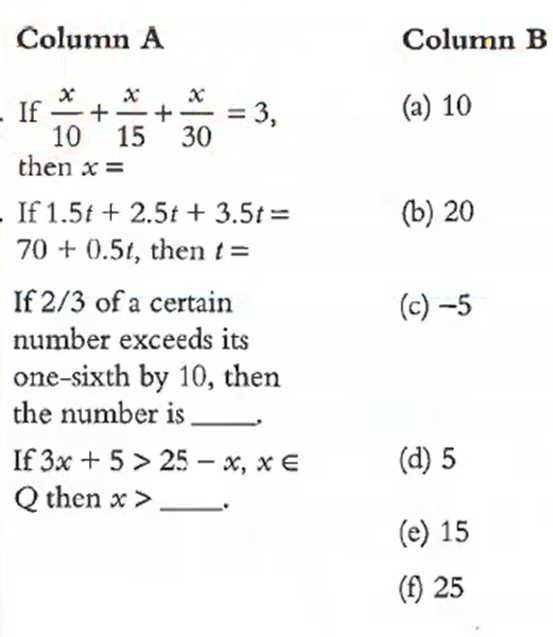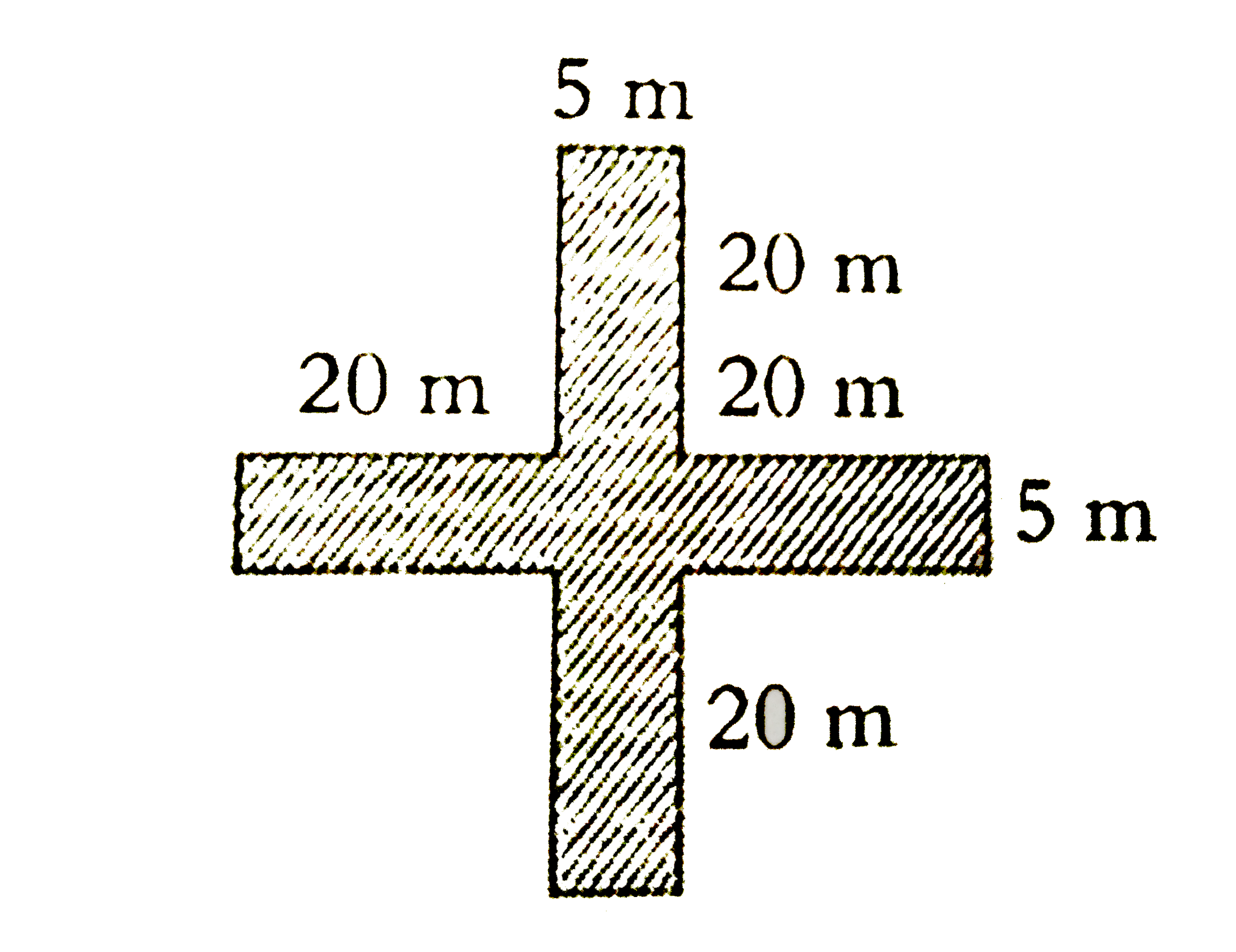संलग्न आकृति में कौन-से सदिश हैं :
(i) संरेख (Collinear) (ii) समान (Equal) (iii) सह-आदिम (Co-initial)

The correct Answer is:(i)→a,→c तथा →d संरेख हैं, (ii) =→a तथा →c को समान सदिश है, (iii) →b,→c तथा →d सह-आदिम सदिश हैं।
Step by step video, text & image solution for संलग्न आकृति में कौन-से सदिश हैं : (i) संरेख (Collinear) (ii) समान (Equal) (iii) सह-आदिम (Co-initial) by Maths experts to help you in doubts & scoring excellent marks in Class 12 exams.
Updated on:21/07/2023Topper's Solved these Questions
- सदिशBOOK - SBPD PUBLICATIONCHAPTER - सदिशEXERCISE - अभ्यास (EXERCISE) 6.2 (वस्तुनिष्ठ प्रश्न)
4 Videos
- सदिशBOOK - SBPD PUBLICATIONCHAPTER - सदिशEXERCISE - अभ्यास (EXERCISE) 6.2 (अति लघ उत्तरीय प्रश्न)
10 Videos
- सदिशBOOK - SBPD PUBLICATIONCHAPTER - सदिशEXERCISE - कम्पटीशन कॉर्नर (COMPETITION CORNER)
2 Videos
- वृद्धिमान और ह्रासमान फलनBOOK - SBPD PUBLICATIONCHAPTER - वृद्धिमान और ह्रासमान फलनEXERCISE - कम्प्टीशन कॉर्नर
1 Videos
- सन्निकटन BOOK - SBPD PUBLICATIONCHAPTER - सन्निकटन EXERCISE - कम्प्टीशन कॉर्नर
2 Videos
Similar Questions
त्रिभुज ABC (आकृति) के लिए निम्नलिखित में से कौन-सा कथन सत्य नहीं है ?

View SolutionA,B,C,D, के स्थिति सदिश क्रमश: →a,→b,2→a+3→b तथा →a−2→b है दिखाएँ की −−→DB=3→b−→a तथा −−→AC=→a+3→b.
View Solutionघन के किन्हीं दो विकर्णों के मध्य कोण की कोज्या है
View Solutionमाना f:(0,∞)→R निम्न के द्वारा f(x)=∫x1xe−(t+1t)dttपरिभाषित है | तब,
View Solutionअवकल का प्रयोग करते हुए √36.6 का सन्निकट मान ज्ञात कीजिये
View SolutionHow many lines of symmetry does the above figure have ?
View SolutionWhich of the following are correct chain isomers of butane ? (i)
View SolutionDetermine the point of symmetry of a regular hexagon.
View SolutionDtermine the images of the following figure about the given line :
View SolutionMatch the following Column A to Column B

View SolutionMatch the following Column A to Column B

View SolutionMatch the following Column A to Column B

View SolutionFind the area of the figure given below.

View SolutionThe area of the shaded part in the figure given below is ______.

View SolutionThe inequation represented by the graph given below is :
View SolutionThe inequation that best describes the graph given below is _________
View Solution
